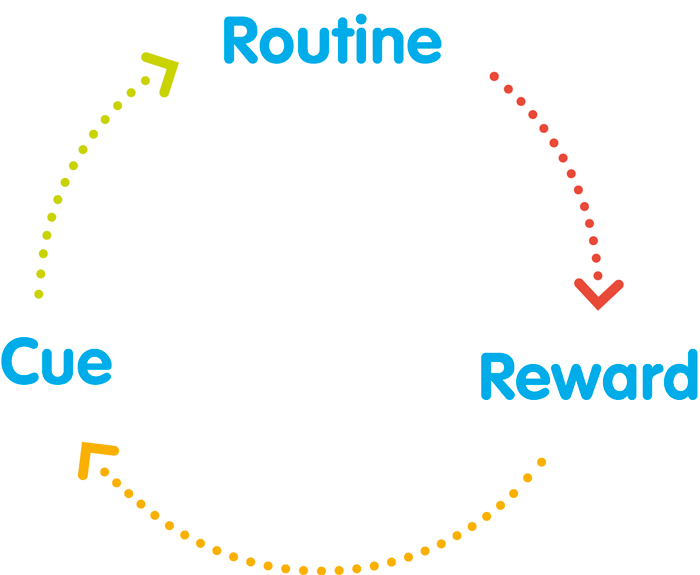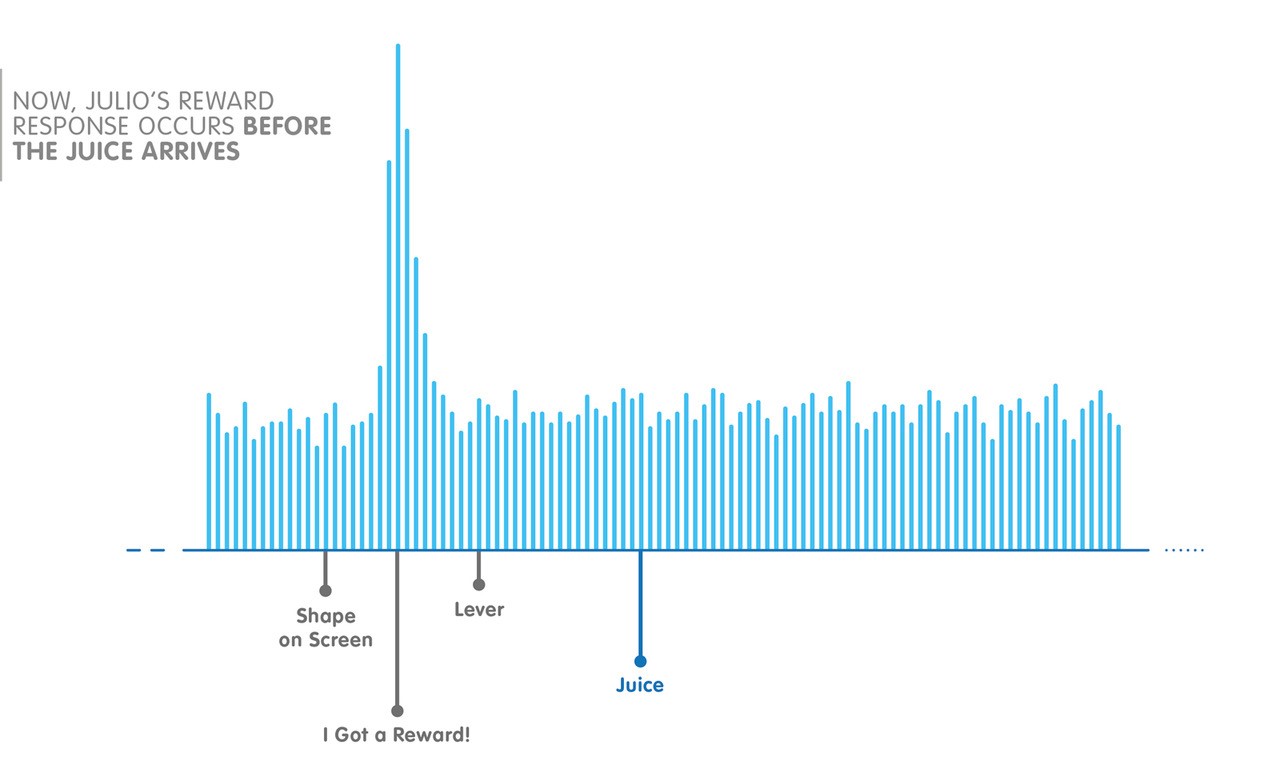Cloud, Manager Assistant, Voice Analytics: a brand-new Imagicle world.
Updated
All you need to know about listening if you want to succeed in sales.
Selling is about talking listening.
The bad listener’s loop (and a monkey called Julio).



Trouble is, listening can be very difficult.
1. The routine.
2. The cue.
3. The reward.
Wanna be a good listener? Hack the pattern.
1. Build a new routine.
2. Play with those cues.
3. Find yourself new rewards.
Conclusions.
Sharing this practice among the sales teams spread in our offices – in Italy, Miami and Dubai – is what allows the Imagicle sales team to grow year after year, covering more and more countries and speaking more and more languages.
In the last 3 years, sales have increased by 78% worldwide. We have grown in many countries, such as the US and France, and I am happy to have played my part in the Middle East, where sales have increased by 38%.
It seems like listening is a good thing in every part of the world.
#stayimagicle
You might also be interested in…
-
Download
BlogTurn your hybrid work into a happy place with Imagicle UCX Cloud Suite.
Turn your hybrid work into a happy place with Imagicle UCX Cloud Suite.Discover our Cloud proposition and why it’s a keypoint in building the ideal hybrid work environment for your business. -
People Blog
The Importance of ESG Strategy and how we made it real with our Digital Fax.
The Importance of ESG Strategy and how we made it real with our Digital Fax.Environmental, social, and governance issues and practices are every day more relevant. Discover how Imagicle addresses them. -
Products Blog
Voice Analytics: AI and use cases to elevate customer satisfaction.
Voice Analytics: AI and use cases to elevate customer satisfaction.Introducing Voice Analytics, a cloud-native AI service unlocking the real power of the content of phone conversations.
Blog
Turn your hybrid work into a happy place with Imagicle UCX Cloud Suite.
Turn your hybrid work into a happy place with Imagicle UCX Cloud Suite.
Discover our Cloud proposition and why it’s a keypoint in building the ideal hybrid work environment for your business.
People Blog
The Importance of ESG Strategy and how we made it real with our Digital Fax.
The Importance of ESG Strategy and how we made it real with our Digital Fax.
Environmental, social, and governance issues and practices are every day more relevant. Discover how Imagicle addresses them.
Products Blog
Voice Analytics: AI and use cases to elevate customer satisfaction.
Voice Analytics: AI and use cases to elevate customer satisfaction.
Introducing Voice Analytics, a cloud-native AI service unlocking the real power of the content of phone conversations.


 Anas Assil
Anas Assil
0 Comments